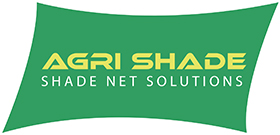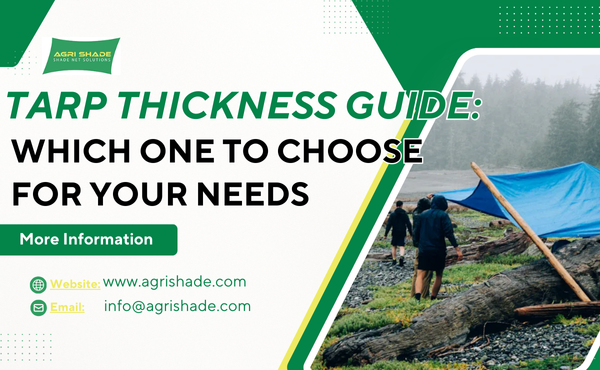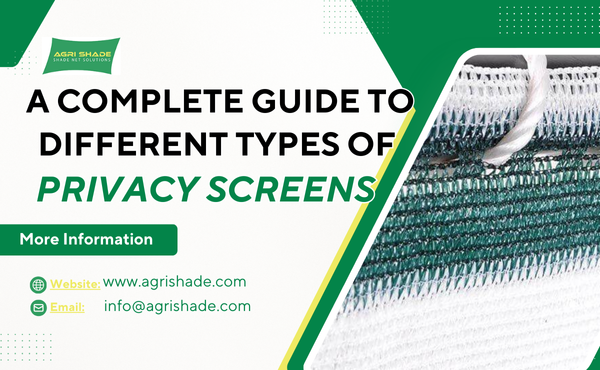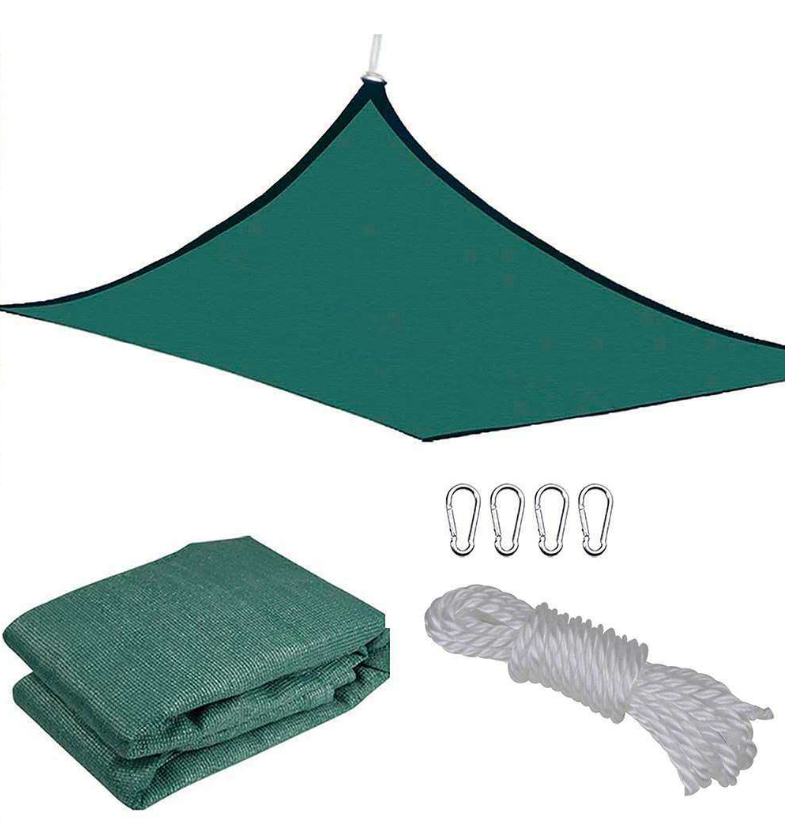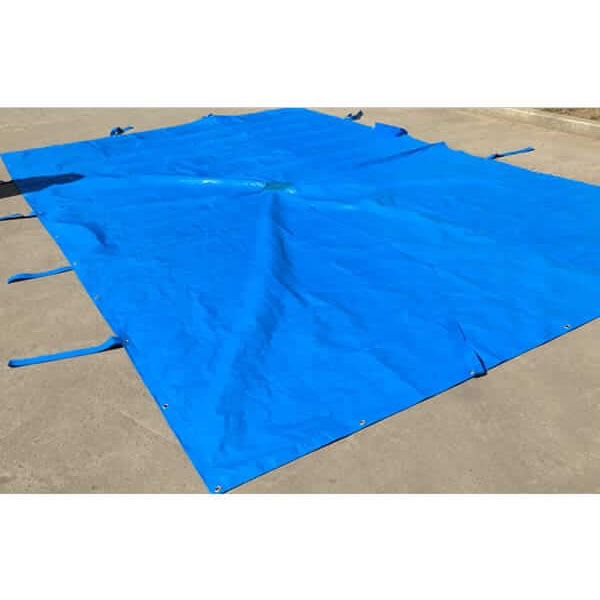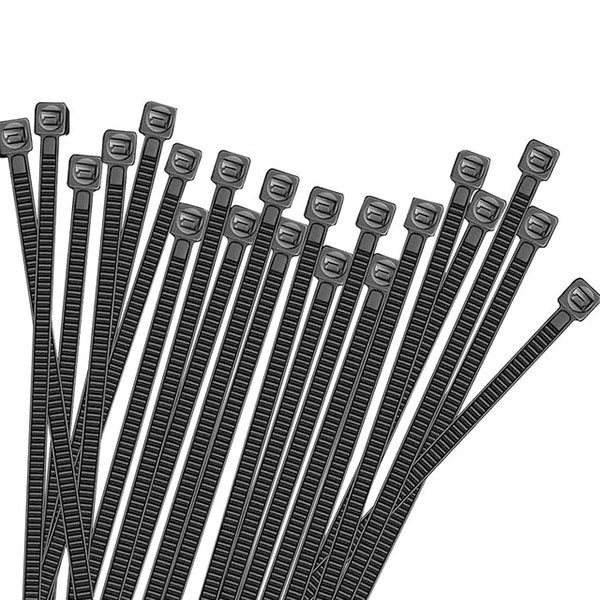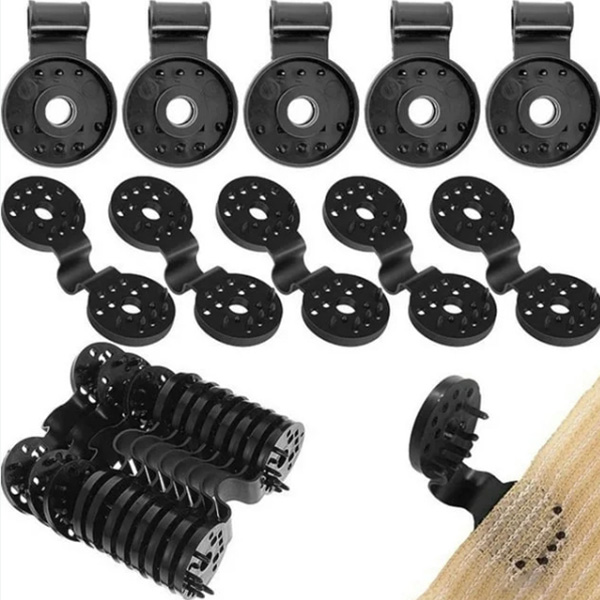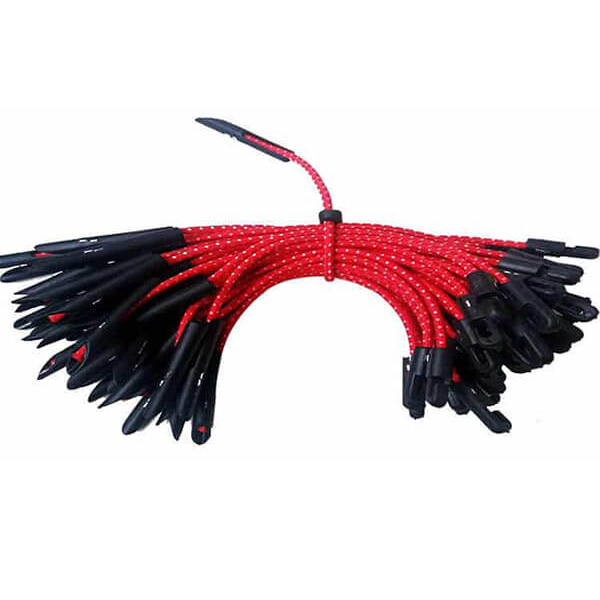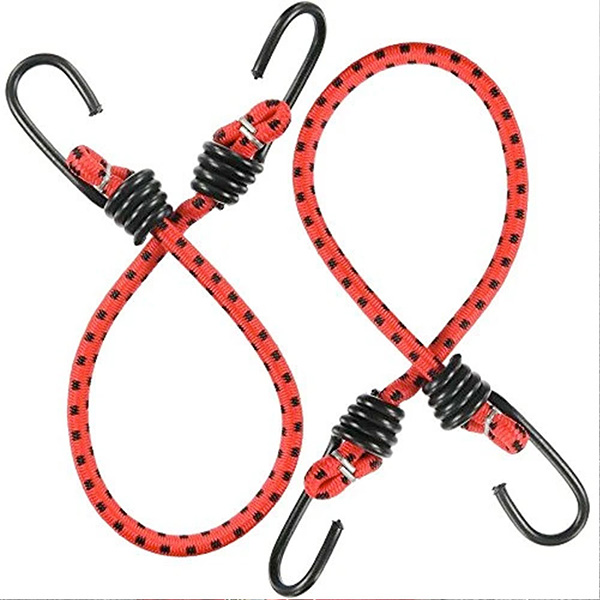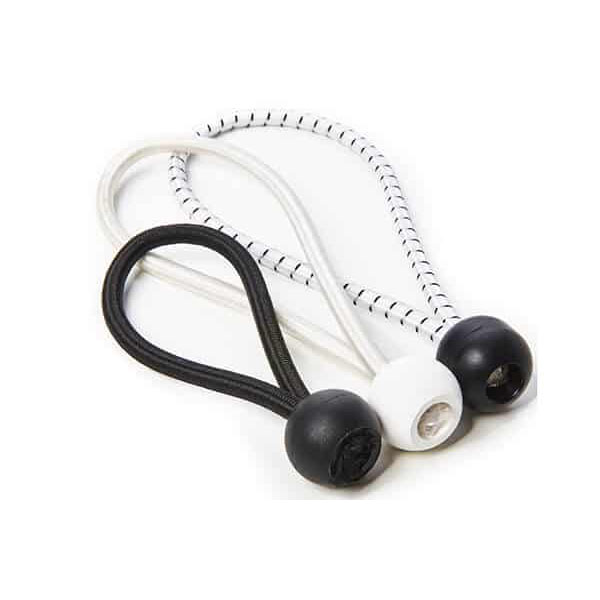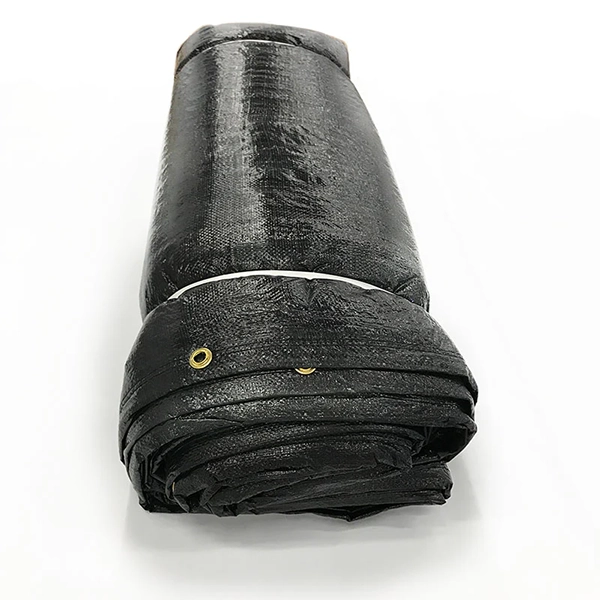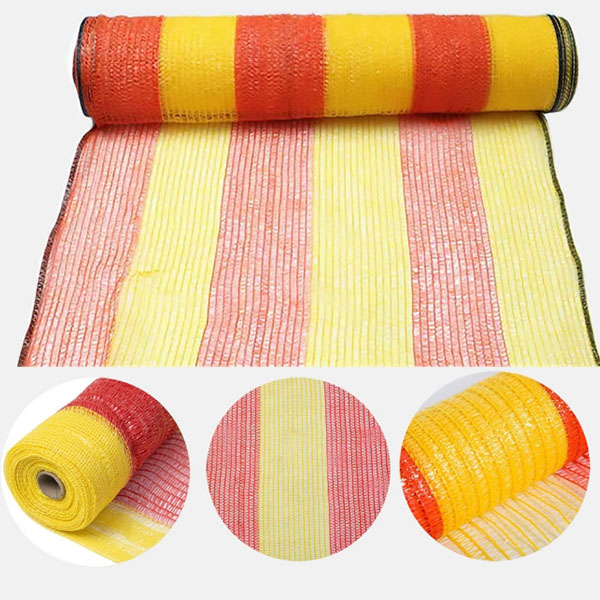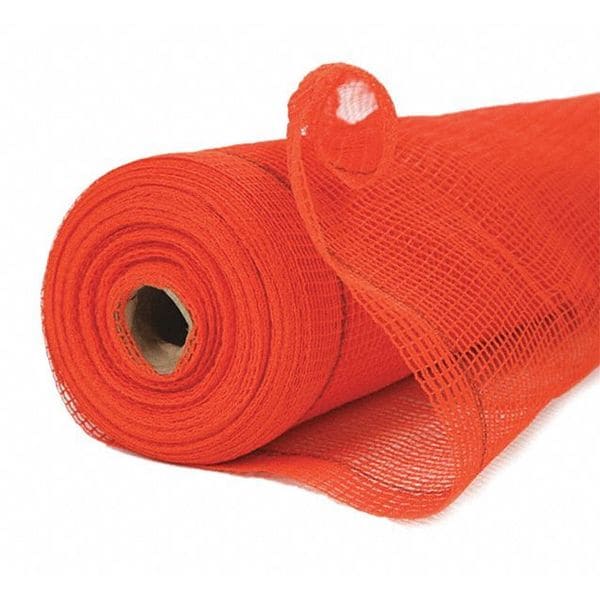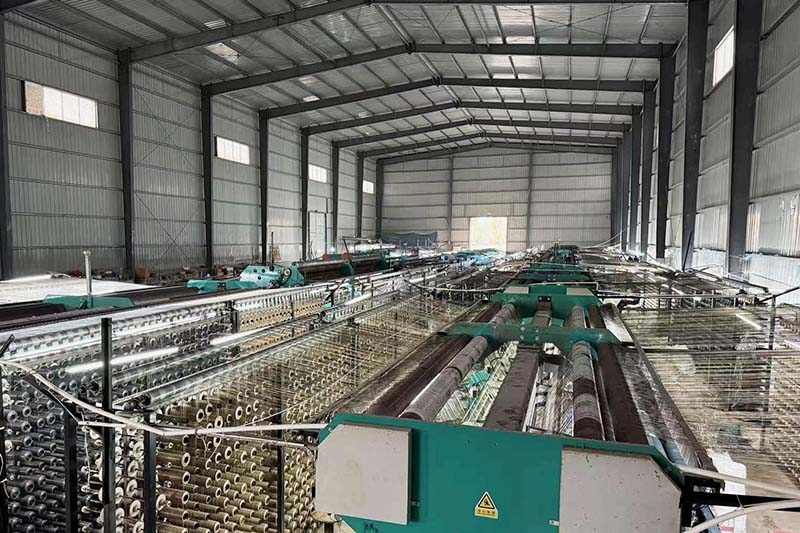In commercial agriculture and horticulture, managing light and temperature is essential to maximizing crop performance and profitability. Shade cloth plays a vital role in this process, but not all shade cloths perform the same.
One of the most important decisions growers must make is choosing between black and white shade cloth. Each offers distinct advantages in terms of heat absorption, light reflection, and UV protection—factors that directly affect plant health, productivity, and operational efficiency.
This guide compares black and white shade cloth to help you select the right solution for your specific crops and growing conditions.
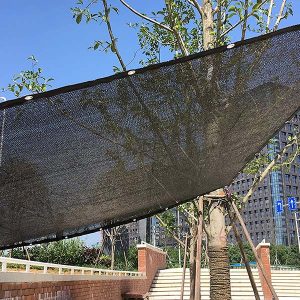
What is Shade Cloth and Why is it Essential?
Shade cloth is a specially manufactured fabric, typically from high-density polyethylene (HDPE), a durable and UV-resistant material. It is designed to shield plants from excessive sunlight, intense heat, and harmful UV radiation.
Its importance in a commercial setting cannot be overstated. By controlling the growing environment, high-quality shade cloth leads to more vigorous plants, higher yields, and better quality produce, directly impacting profitability.
For B2B buyers, selecting the right type and high-density shade cloth is a strategic investment in crop success and operational efficiency. It reduces water consumption by lowering evaporation rates, minimizes crop loss from sun-scald and heat stress, and can even extend the growing season in harsh climates.
Black vs White Shade Cloth: The Core Difference
Absorption and Reflection
The primary distinction between black and white shade cloth lies in how they interact with solar energy. Think of it like wearing a black shirt versus a white shirt on a sunny day.
- Black Shade Cloth: True to its color, black shade cloth absorbs heat from across the light spectrum. This absorption means the fabric itself gets warmer, and it radiates this thermal energy into the area beneath it. This characteristic is crucial for heat-loving plants that thrive in warmer conditions, as it effectively creates a microclimate that can boost their development.
- White Shade Cloth: In contrast, white shade cloth reflects sunlight and a significant portion of the sun’s thermal energy. Instead of absorbing the heat, it bounces it away, creating a cooler, brighter environment underneath. Its superior reflective properties make it the ideal choice for sensitive plants that can be easily damaged by excessive heat and intense, direct light.
Black Shade Cloth for Commercial Growers
Black shade cloth is the go-to option for operations looking to retain warmth.
- Benefits for Heat-Loving Plants: Crops like tomatoes, peppers, and cucumbers benefit immensely from the warmer microclimate created by black shade cloth. This extra warmth can accelerate growth, encourage fruiting, and extend the growing season into the cooler months of spring and fall.
- UV Ray Protection: While all shade cloth offers some level of UV protection, the dense nature of black cloth provides excellent shielding, which is vital for maintaining plant health and preventing photo-oxidization.
- Material and Construction: Whether you choose woven shade or knitted shade cloth, the black option is durable and effective. Woven shade cloth is generally heavier and provides a solid, consistent shade, while knitted shade cloth is lighter, more flexible, and resists tearing and fraying, making it easier to handle and install.
White Shade Cloth for Specialized Applications
White shade cloth is the superior choice when temperature reduction is the primary goal.
- Protecting Sensitive Plants: For delicate crops, including many flowering plants, ornamentals, and leafy greens like lettuce, the cooling effect of white shade cloth is essential. It prevents bolting, wilting, and sun-scald, preserving the marketability of the produce.
- Diffusing Light for Optimal Growth: A key advantage of white shade cloth is its ability to scatter sunlight. This diffusing light effect ensures that the entire plant, including the lower leaves, receives a more even distribution of the light spectrum for plant growth, rather than being exposed to harsh, direct rays. This promotes fuller, more uniform development and prevents hotspots within the greenhouse or shade structure.
- Maximizing Photosynthesis: By reducing heat stress, plants under white shade cloth can maintain open stomata for longer periods, allowing for more efficient gas exchange and photosynthesis. This translates directly to healthier growth and better yields.
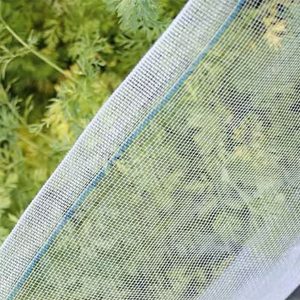
Comparison Table: Black vs White Shade Cloth
| Feature | Black Shade Cloth | White Shade Cloth |
| Heat Interaction | Absorbs and retains heat | Reflects heat and sunlight |
| Temperature Effect | Creates a warmer environment | Creates a cooler environment |
| Light Quality | Reduces light intensity | Diffuses and scatters light |
| Best For | Heat-loving plants (tomatoes, peppers) | Sensitive plants (lettuce, orchids, ferns) |
| Primary Function | Heat retention, frost protection | Heat reduction, preventing sun-scald |
| UV Protection | Excellent | Excellent |
Conclusion
The black and white shade cloth decision is not a matter of one being universally better, but of which is right for your specific crops and climate.
- Choose black shade cloth if your priority is to increase temperature, provide a warm environment for heat-loving plants, or extend your growing season in a cooler climate.
- Choose white shade cloth if you need to reduce heat, protect plants from UV rays with maximum efficiency, and provide soft, diffused light for sensitive plants or valuable flowering plants.
Selecting between black and white shade cloth depends on your crop needs and climate. Black shade cloth excels at retaining heat, ideal for warmth-loving plants and extending growing seasons. White shade cloth reflects heat and diffuses light, perfect for sensitive crops requiring cooler, gentler conditions. Understanding these differences ensures you invest in the best shade solution to maximize plant health, yield, and operational efficiency.
Frequently Asked Questions (FAQs)
1. Which color shade of cloth is better for reducing heat?
White shade cloth is significantly better for reducing heat. Its reflective surface bounces a large portion of solar radiation away from the plants, leading to a noticeably cooler environment underneath. This is critical in hot climates or for growing heat-sensitive crops.
2. Does black shade cloth block more sun?
The amount of sun blocked is determined by the density percentage (e.g., 30%, 50%, 70%), not the color. A 50% black cloth and a 50% white cloth will both block 50% of the light. The key difference is what happens to that energy; the black cloth absorbs it as heat, while the white cloth reflects it.
3. Can I use black shade cloth for flowering plants?
While possible in cooler climates or for specific heat-loving flowers, it’s often not ideal. Many flowering plants are sensitive to high heat, which can cause blooms to fade quickly or buds to drop. White shade cloth is generally recommended as it keeps the environment cooler and provides the kind of diffused light that promotes vibrant, long-lasting blooms.
4. What is the difference in the light spectrum for plant growth under black vs. white cloth?
White shade cloth does not alter the quality of the light spectrum; it only reduces its overall intensity and diffuses it, providing plants with the full spectrum they need for photosynthesis. Black shade cloth can absorb certain wavelengths more than others, which can slightly alter the spectrum that reaches the plants, though for most crops this effect is secondary to the change in temperature.
